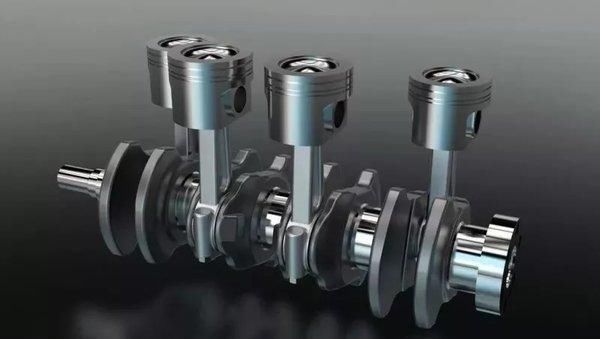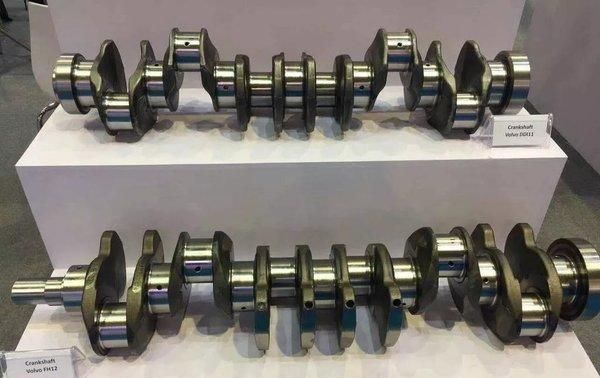Diesel crankshaft making materials and common damage
The diesel engine crankshaft is a very important component of the engine. It can convert the linear motion of the piston into a rotary motion, and convert the gas pressure from the piston and the connecting rod into a torque output, and drive the transmission system and engine of the vehicle. Gas distribution mechanism and other auxiliary devices. The following is a description of the diesel crankshaft making materials and common damage.
What material is the crankshaft of the diesel engine made of?
The force on the crankshaft of a diesel engine is extremely complex. It works under the combined action of periodically varying gas pressure, reciprocating inertial force and its moment, and is subjected to tremendous bending and torsional alternating loads. At the same time it is a slender high-speed rotating part, so it requires strict dynamic balance, and the bending and twisting are not allowed to exceed a certain value.

Therefore, the diesel crankshaft needs to be made of very high quality materials and subjected to a strict surface treatment process. Generally, medium carbon steel and medium carbon alloy steel such as 45, 40Cr, and 35Mn2 are forged, and in recent years, there are many spheroidal graphite cast irons.
After forging or casting, in order to improve the fatigue strength of the diesel engine crankshaft and eliminate the stress concentration, it is also necessary to perform shot peening on the surface of the journal, and the rounded corners are subjected to rolling treatment; in order to improve the surface hardness of the journal, it is also necessary to The neck surface is subjected to high-frequency quenching or nitriding treatment, and finally finishing.
The thus treated diesel crankshaft has sufficient fatigue strength and rigidity against bending and torsion, and the journal has a sufficiently large pressure bearing surface and wear resistance.

What are the common injuries of diesel engine crankshafts?
Common forms of damage to diesel engine crankshafts are journal wear, cracking, ablation, bending, twisting, and breaking. Generally speaking, for a crankshaft of a diesel engine that is severely ablated, cracked or broken, it cannot be repaired and can only be scrapped. For a crankshaft of a diesel engine with excessive bending or distortion, we can use a pressure correction method. To fix it.
For the over-excited diesel crankshaft, we can grind to the specified repair size, and then choose the corresponding large bearing bush to restore the fit clearance; if the wear is serious, you can also use the vibration surfacing or electric spray to fill the defect. It is then machined to the specified repair size.
However, there is a special point to note here: the diesel engine crankshaft must be re-nitrided after grinding, otherwise the diesel crankshaft may be broken.
However, in the actual engine repair process, the diesel engine crankshaft is generally rarely repaired, and it is directly replaced if there is a defect. On the one hand, the repair of the crankshaft of the diesel engine is difficult, the process is complicated, the required precision is high, and the cost is relatively expensive. It is not economically or technically uneconomical.
